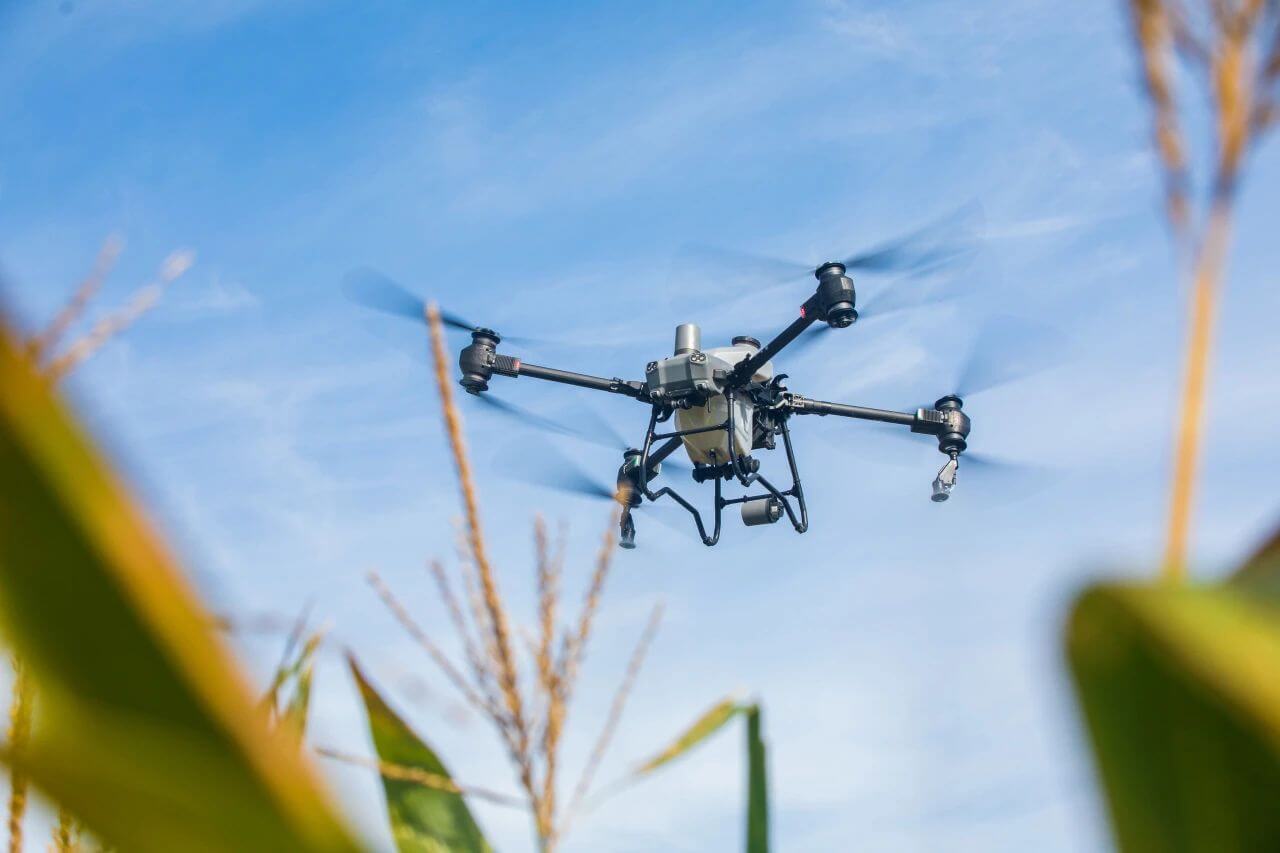The world of combat is rapidly transforming with the advent of battle drones, paving the way for groundbreaking innovations that are reshaping military strategies. These unmanned aerial vehicles (UAVs), equipped with sophisticated technology, are altering the dynamics on the battlefield, offering unprecedented capabilities in reconnaissance, precision strikes, and intelligence gathering. As nations race to enhance their military prowess, battle drones are emerging as pivotal assets, revolutionizing the way conflicts are approached and managed.
Evolving Roles of Battle Drones
Originally designed for surveillance purposes, battle drones have evolved to perform complex missions, including direct combat engagements and electronic warfare. Their ability to operate autonomously or be remotely controlled makes them versatile tools in modern warfare. With advancements in artificial intelligence, these drones can now make real-time decisions based on environmental data, significantly increasing their effectiveness in hostile territories.
The versatility of battle drones extends beyond traditional military application. Innovative designs allow them to carry various payloads, from cameras and sensors to weaponry. This adaptability facilitates diverse operational roles, which might involve neutralizing enemy defenses or providing logistical support to ground troops.
Technological Advancements
Innovations in drone technology are the driving force behind their expanding capabilities. High-resolution imaging, infrared sensors, and stealth technology ensure that drones can gather intelligence without detection, aiding in the formulation of strategic operations. Additionally, enhancements in battery life and flight range allow battle drones to conduct extended missions without the need for frequent refueling or battery change, thereby improving mission efficiency.Artificial intelligence (AI) is another frontier that emphasizes the future of battle drones. AI-powered drones can analyze vast amounts of data to identify potential threats or targets quickly. This level of autonomy allows military personnel to focus on strategic planning rather than operational execution, minimizing human risk and enhancing success rates.
Challenges and Ethical Considerations
Despite their advantages, battle drones pose several challenges, particularly in terms of security and ethical implications. Cybersecurity threats are a prime concern, as drones can be susceptible to hacking and unauthorized access. This vulnerability demands robust encryption protocols to safeguard sensitive military operations.
Ethical issues also arise from the deployment of autonomous systems in combat scenarios. The ability of drones to make kill decisions without human intervention raises questions about accountability and the ethical conduct of warfare. International regulations and treaties are essential to govern the use of such technologies, ensuring they comply with humanitarian standards.
Future Prospects
The trajectory of battle drone technology indicates a future where unmanned systems will play central roles in both offensive and defensive military strategies. As AI systems become more sophisticated, the possibilities for drone engagement will expand, potentially leading to platoons of drones working in conjunction to achieve complex missions.
Research and development are crucial to addressing current limitations and maximizing drone effectiveness. Investments in sustainable power sources, advanced AI, and enhanced imaging will invariably shape the next generation of battle drones.
FAQs
- What are battle drones?
Battle drones are unmanned aerial vehicles used for military purposes, often equipped with technology for reconnaissance, combat, and intelligence operations.

- How do battle drones impact warfare?

They offer enhanced capabilities in precision strikes and intelligence gathering, reducing human risk, and altering traditional military strategies.
- Are there ethical concerns with battle drones?
Yes, concerns include drone autonomy in making combat decisions and accountability in their use. International regulations are crucial to address these issues.
